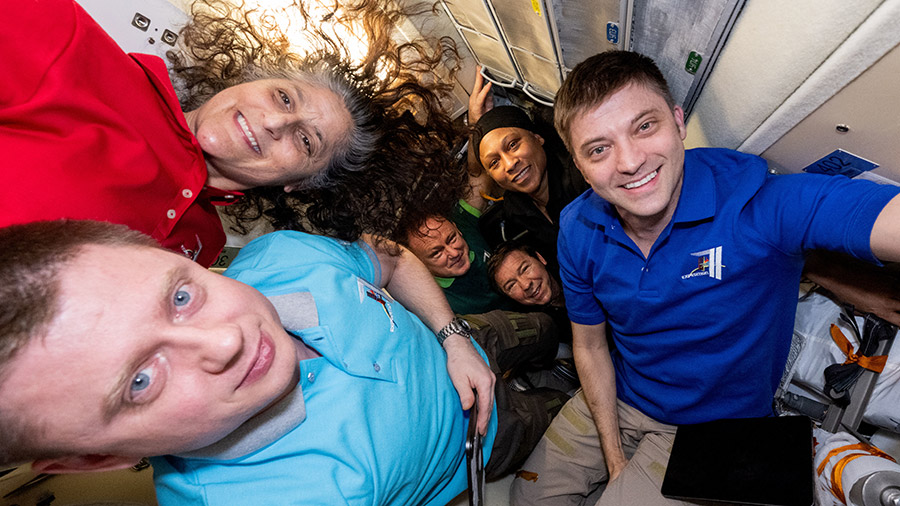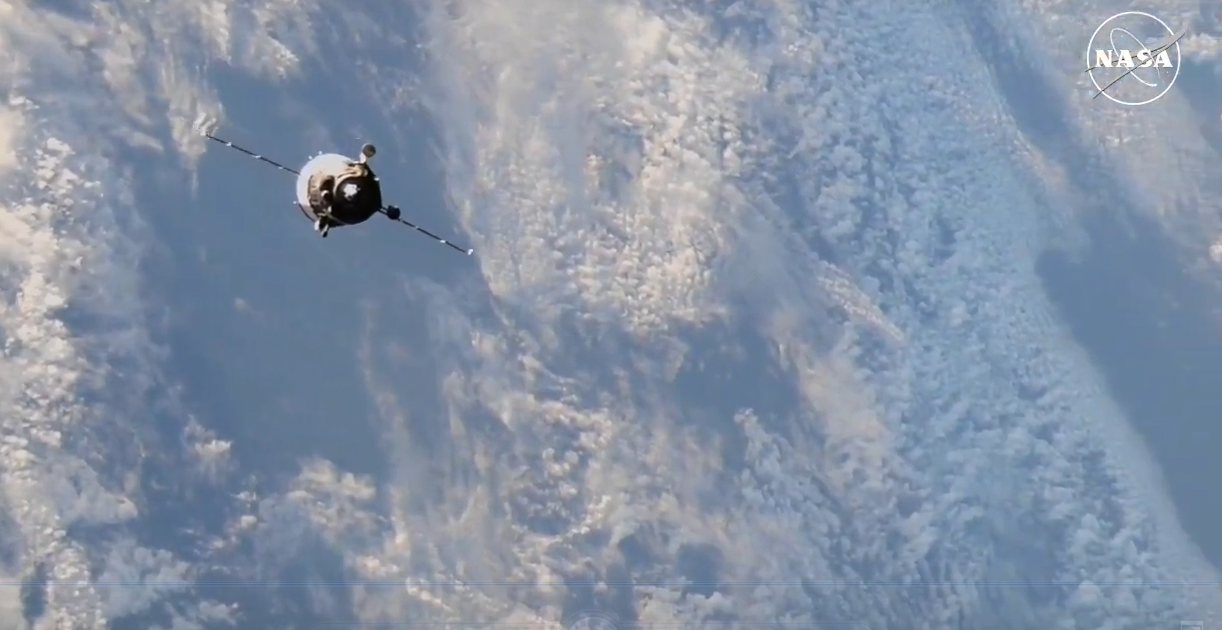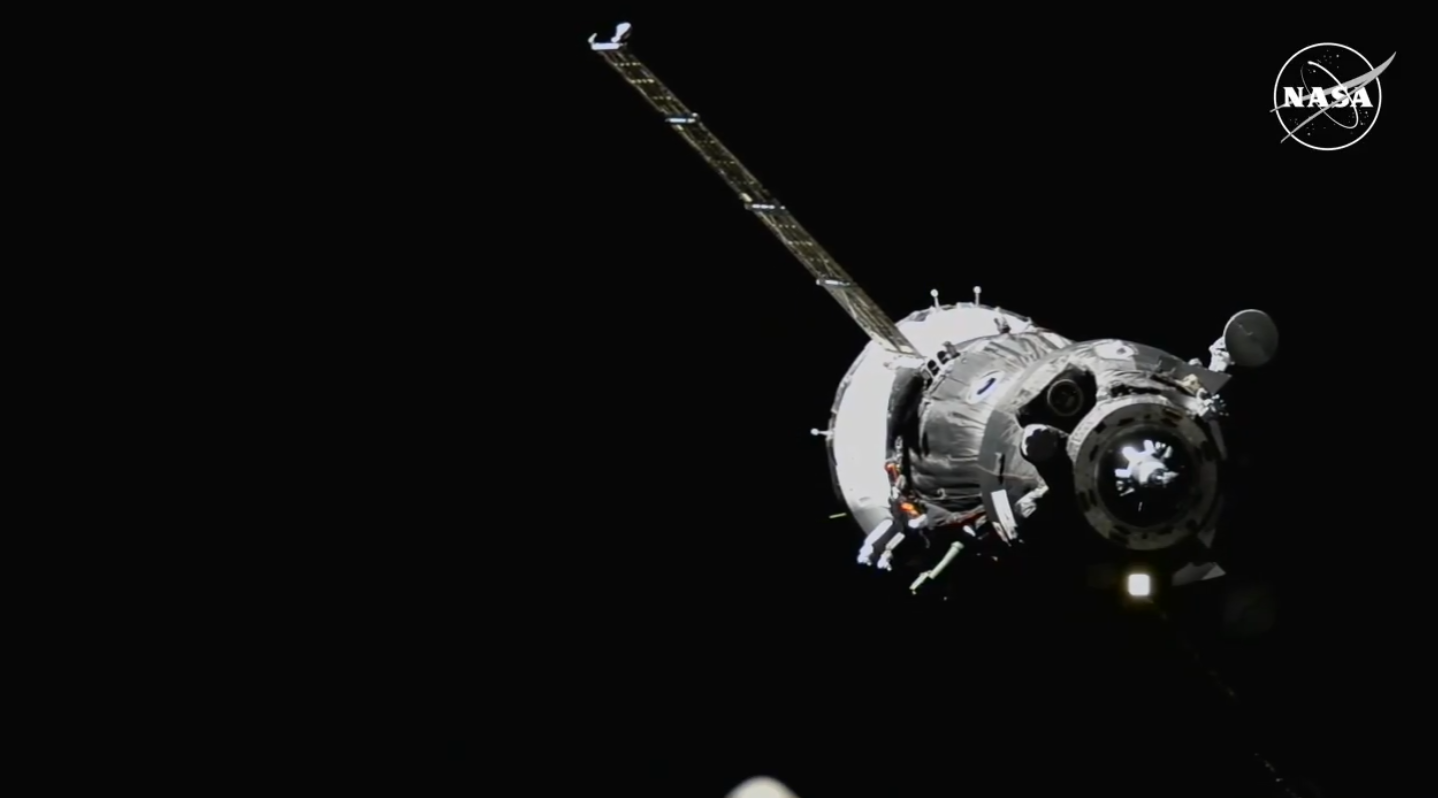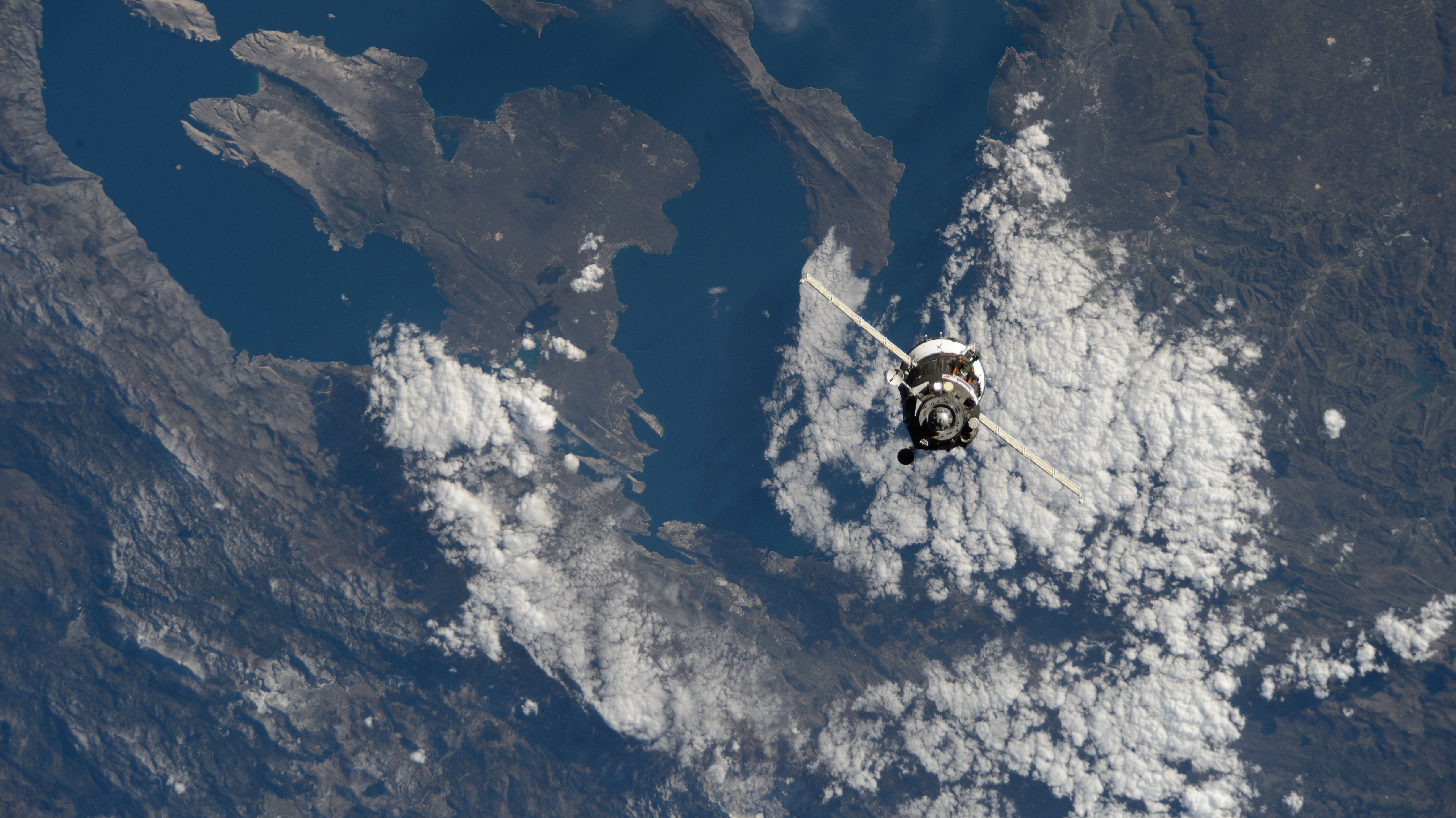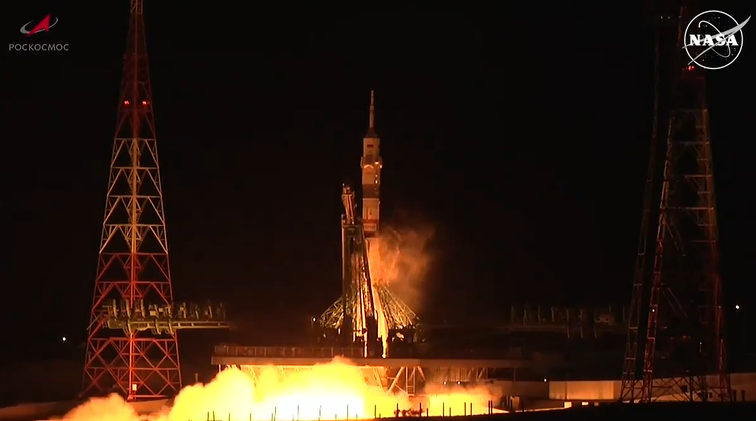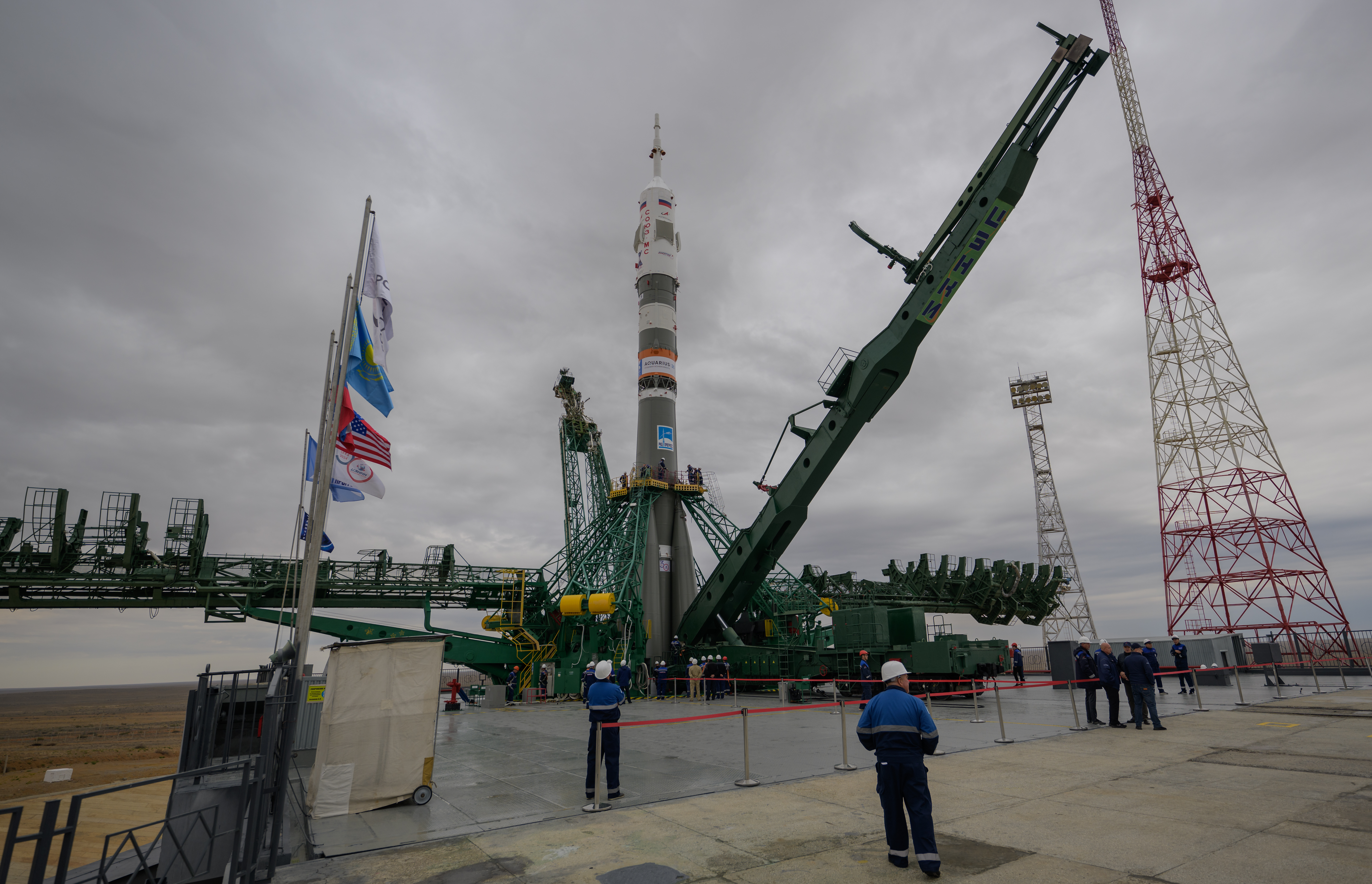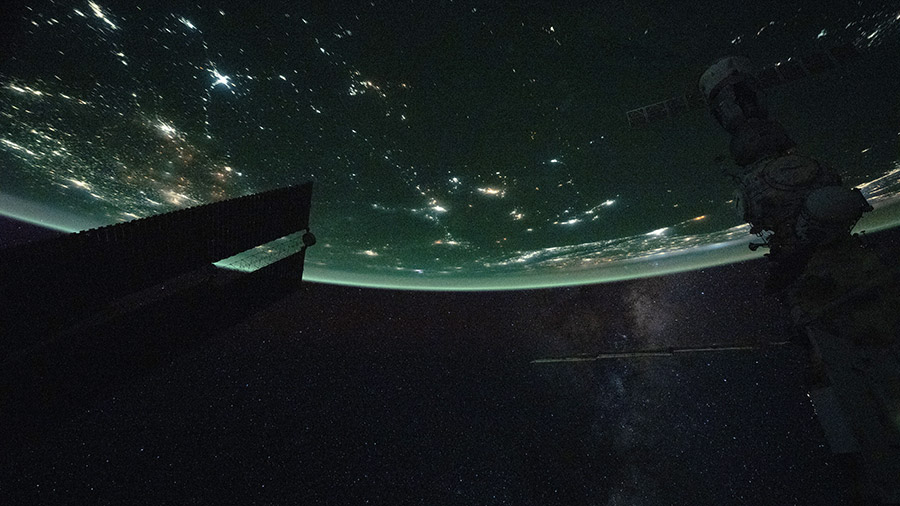
While three new crewmates get up to speed with living and working aboard the International Space Station another trio is preparing for its return to Earth. In the meantime, biomedicine and science maintenance topped the research schedule at the end of the week as the orbital residents also brushed up on their emergency response skills.
NASA astronaut Don Pettit is beginning his fourth mission in space with his previous mission occurring over 12 years ago when he was an Expedition 31 Flight Engineer. He spent Friday continuing to get familiar with orbital operations and lab systems as he settles in for a six-and-a-half-month mission planned to end in spring 2025.
Roscosmos Flight Engineers Alexey Ovchinin and Ivan Vagner, who launched to the orbital outpost with Pettit on Sept. 11, started Friday unpacking cargo from the Soyuz MS-26 spacecraft. Afterward, the experienced cosmonaut duo attached sensors to themselves monitoring how blood flows throughout their body in weightlessness.
At the same time, station Commander Oleg Kononenko and Flight Engineers Tracy C. Dyson and Nikolai Chub are preparing to depart the orbiting lab in less than two weeks. The homebound trio first joined each other early Friday checking the pressure suits they will wear as they descend to a parachuted landing on Earth inside the Soyuz MS-25 crew ship. Kononenko and Chub also tested the lower body negative pressure suit that may help crews counteract the effects of living in space and adjust quicker to the return to Earth’s gravity setting.
Dyson joined fellow NASA astronaut Mike Barratt studying how blood and cerebrospinal fluids travel toward the head creating eye pressure in microgravity. Dyson later participated in standard medical checks measuring her own temperature, blood pressure, heart rate, and breathing rate. Barratt also partnered with NASA Flight Engineer Matthew Dominick taking turns exercising on an exercise cycle while wearing sensors and breathing gear measuring their cardiorespiratory rate and capacity.
Dyson also took charge as crew medical officer and scanned the eyes of NASA Flight Engineers Butch Wilmore and Suni Williams with the Ultrasound 2 device. Ground surgeons monitored the ultrasound imaging in real time to understand how microgravity affects a crew member’s cornea, lens, and optic nerve. Wilmore and Williams also called down to mission managers to familiarize themselves with the upcoming SpaceX Crew-9 mission.
NASA Flight Engineer Jeanette Epps worked throughout the day swapping gas bottles that supply argon, helium, and carbon dioxide to variety of experiment racks in the Kibo laboratory module. Roscosmos Flight Engineer Alexander Grebenkin photographed cell samples during his shift for a space biology investigation.
All 12 space station residents joined each other after their lunchtime and reviewed their roles and responsibilities in the event of unlikely emergency scenarios such as a fire, or a chemical or pressure leak. The dozen crewmates also reviewed procedures to regain control of the orbital outpost during an emergency situation.
Learn more about station activities by following the space station blog, @space_station and @ISS_Research on X, as well as the ISS Facebook and ISS Instagram accounts.
Get weekly video highlights at: https://roundupreads.jsc.nasa.gov/videoupdate/
Get the latest from NASA delivered every week. Subscribe here: www.nasa.gov/subscribe


